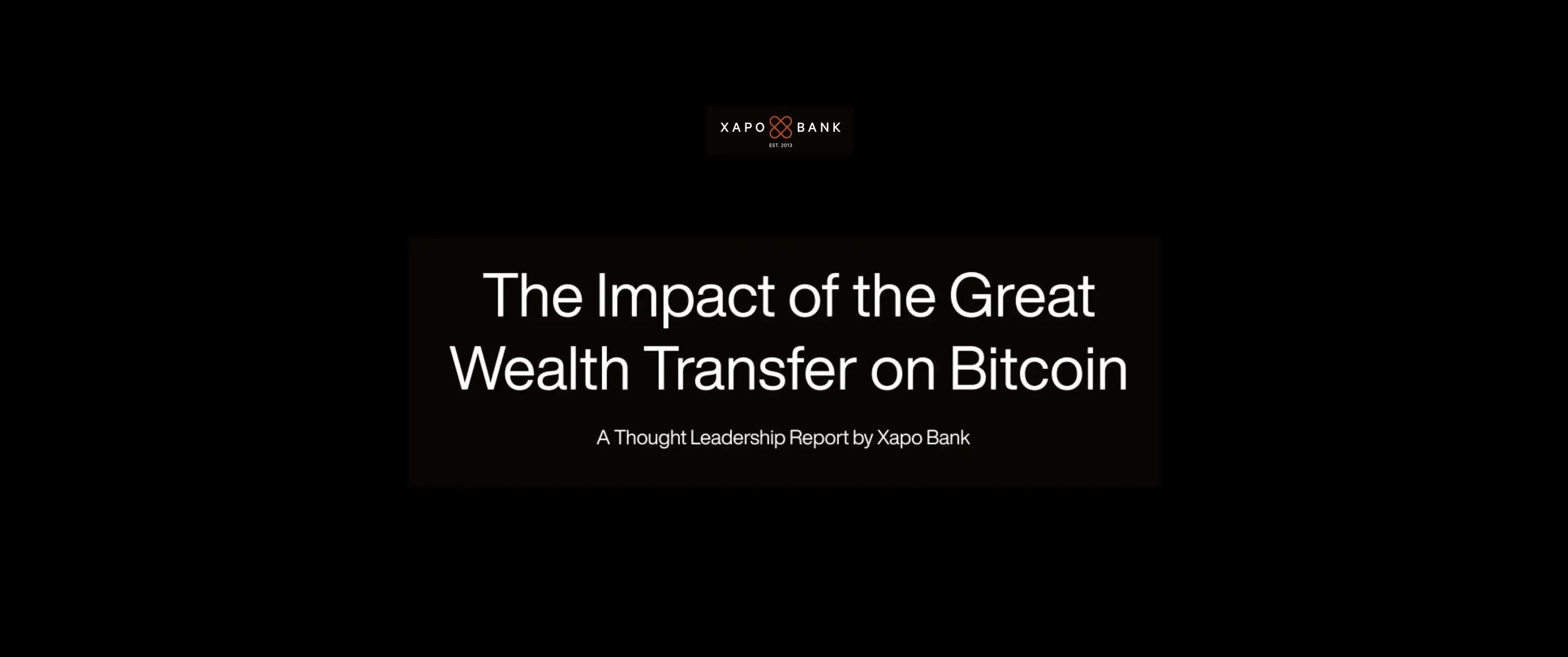Secure custody, built for the Bitcoin economy.

Military-grade protection and a proven track record sets Xapo apart. Our unique security protocol is unparalleled, so you can manage your bitcoin with peace of mind. Our custody. Your legacy.
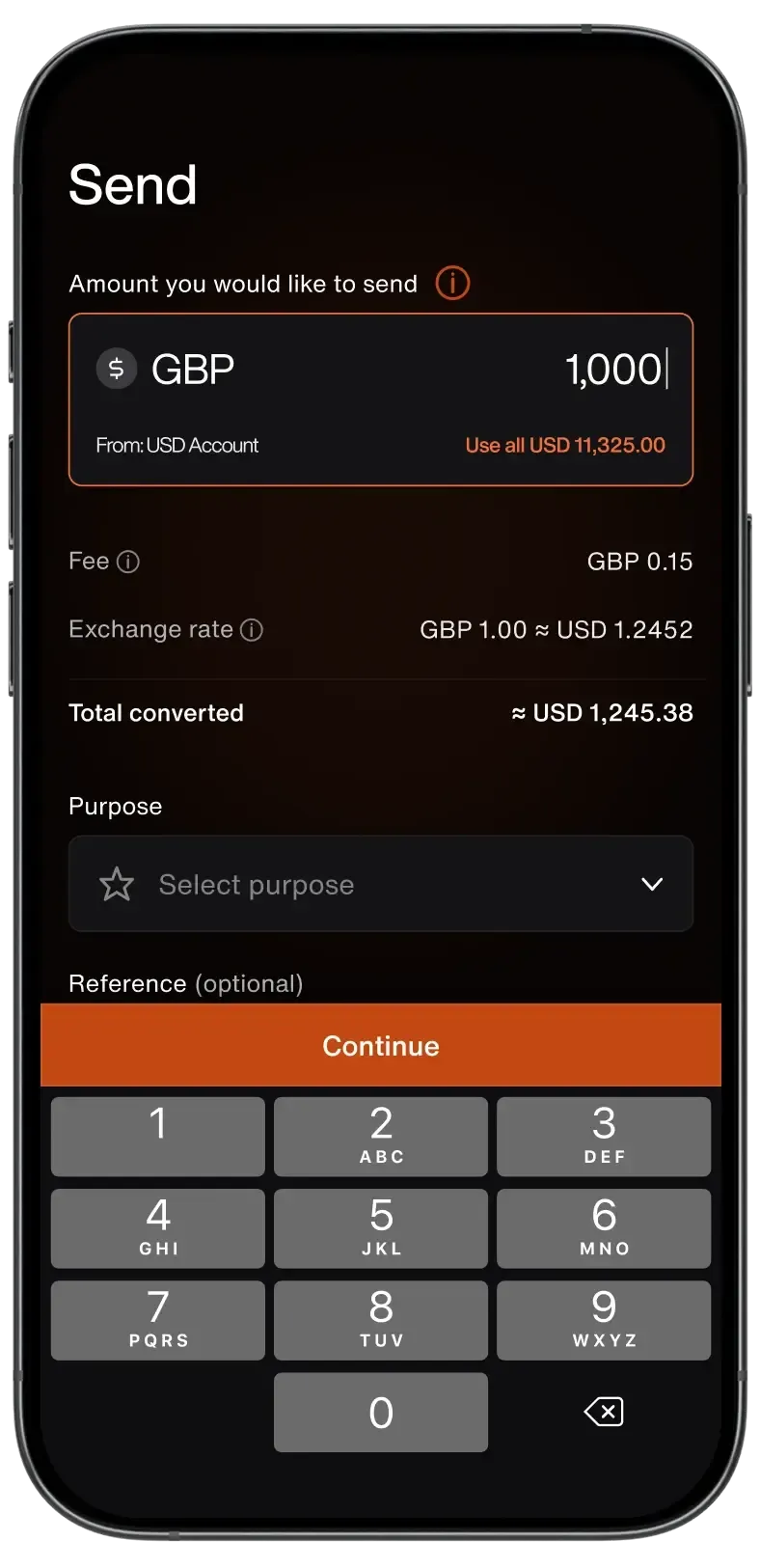
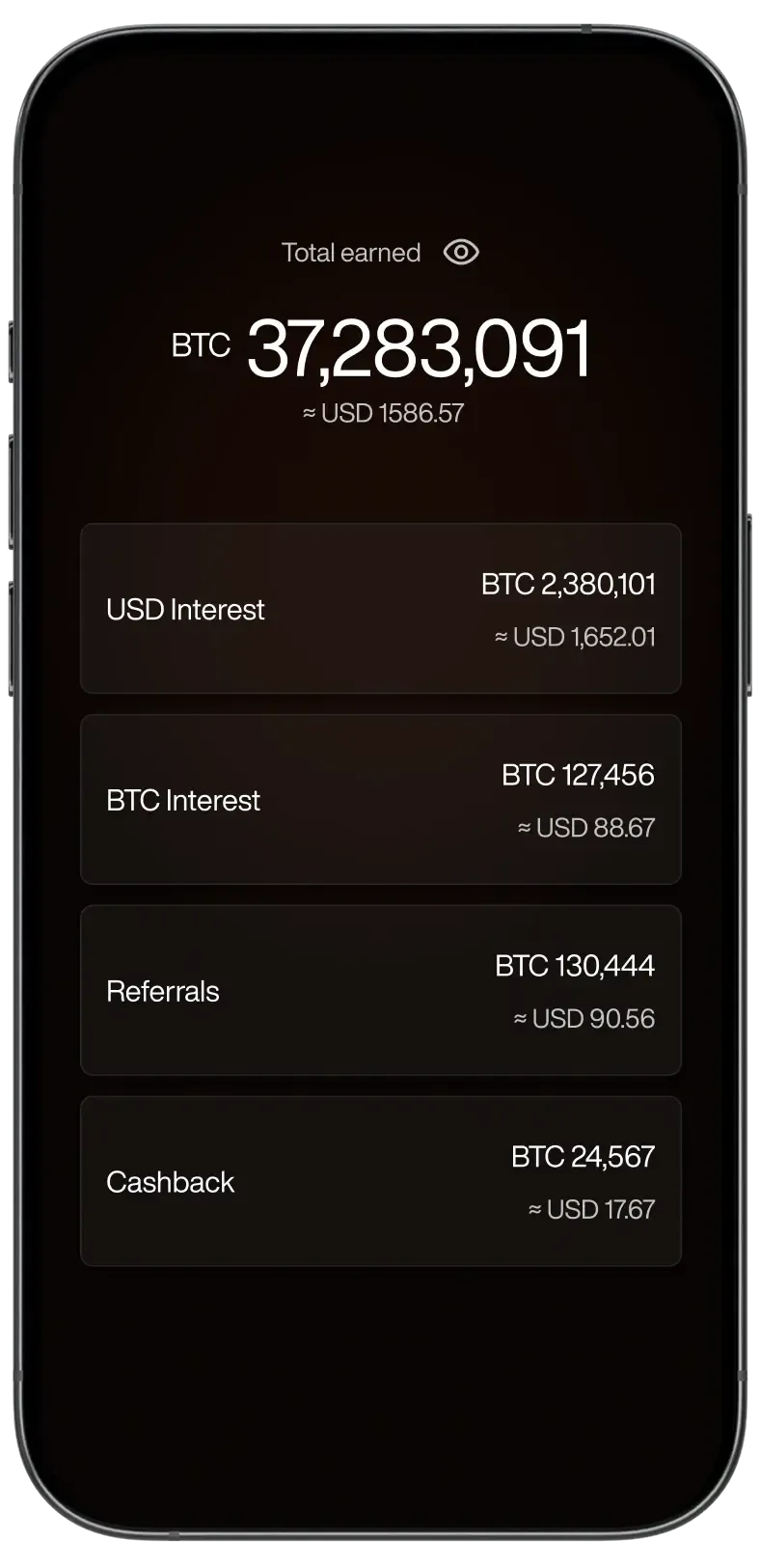
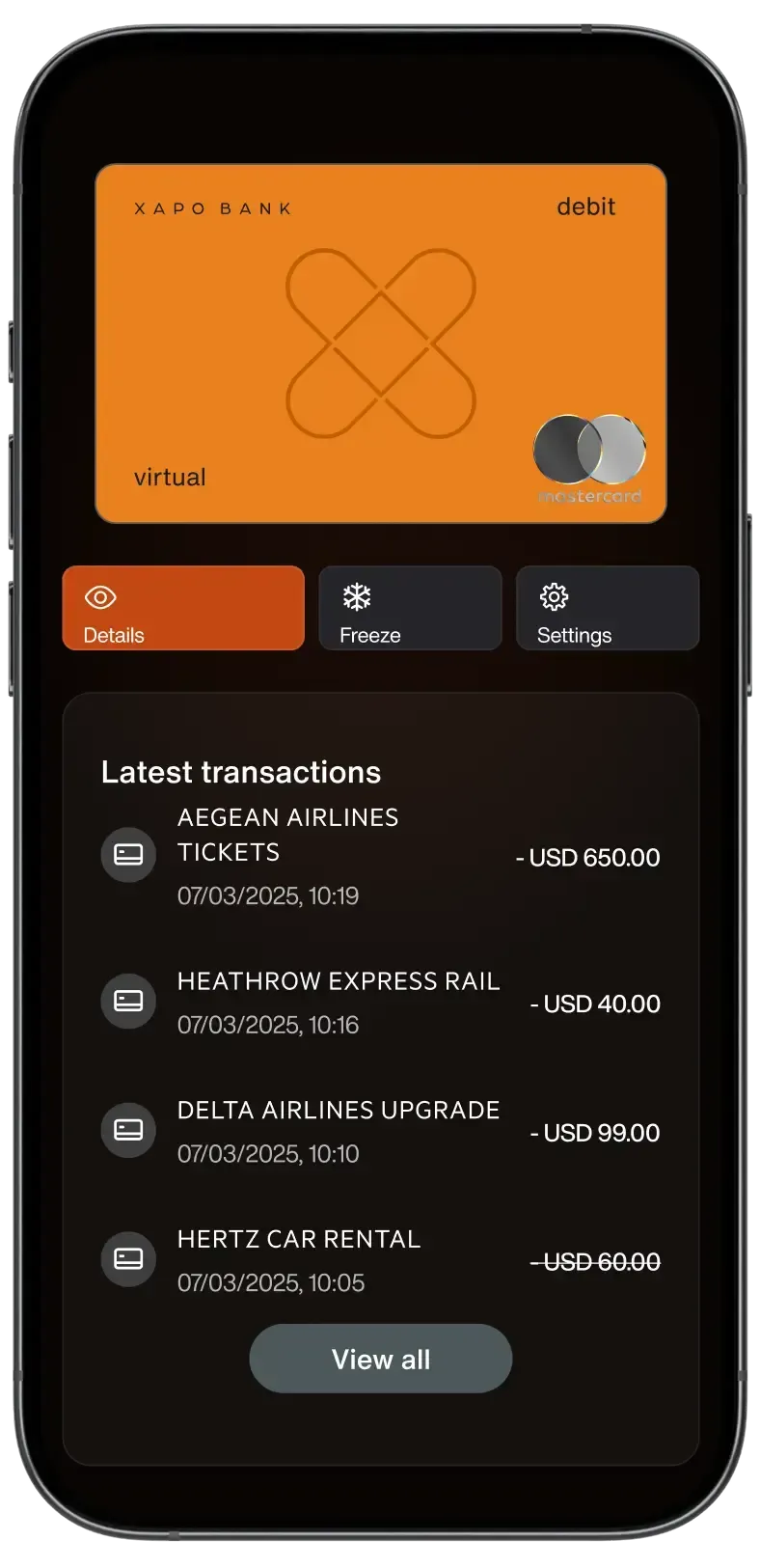
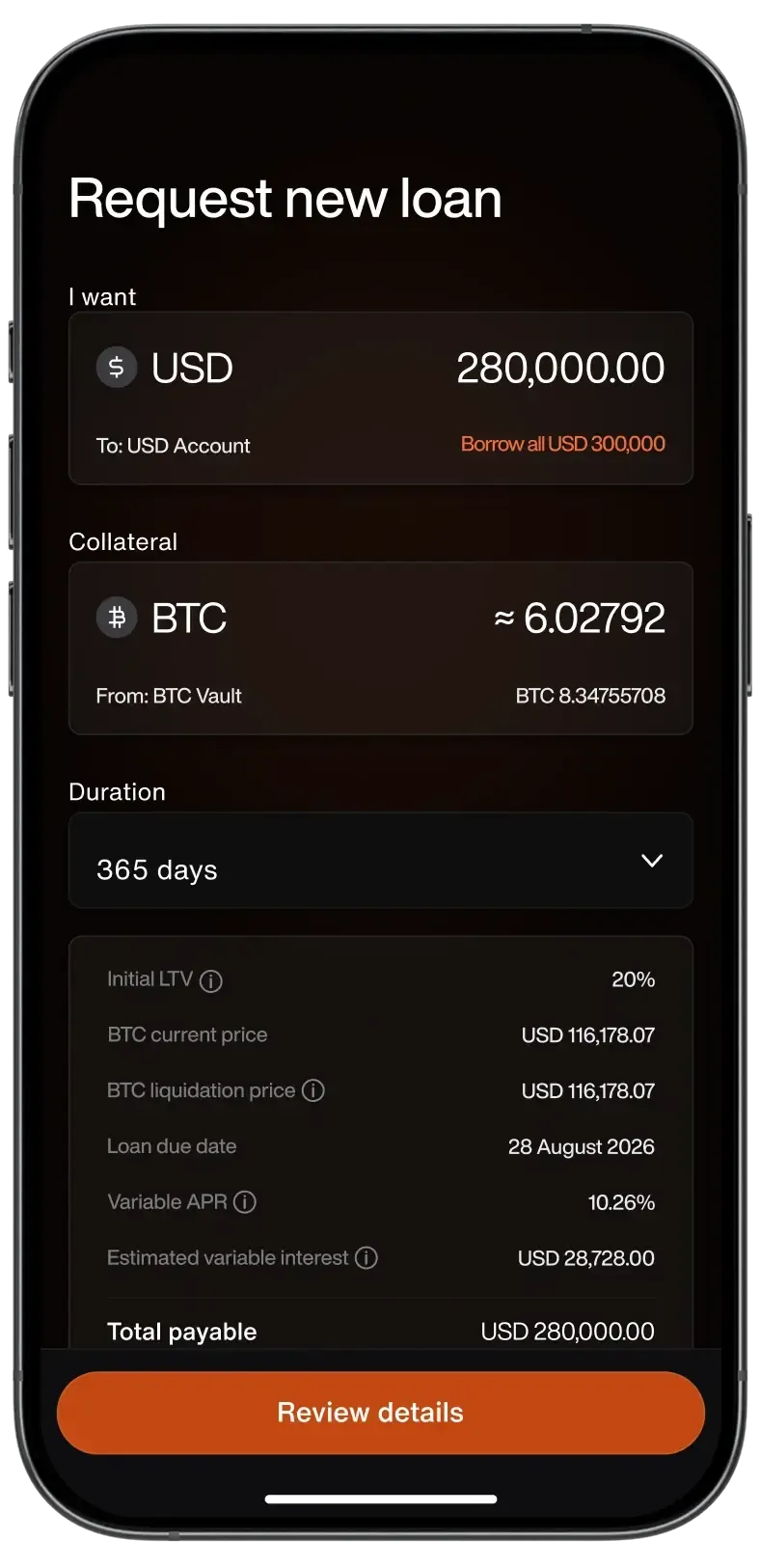
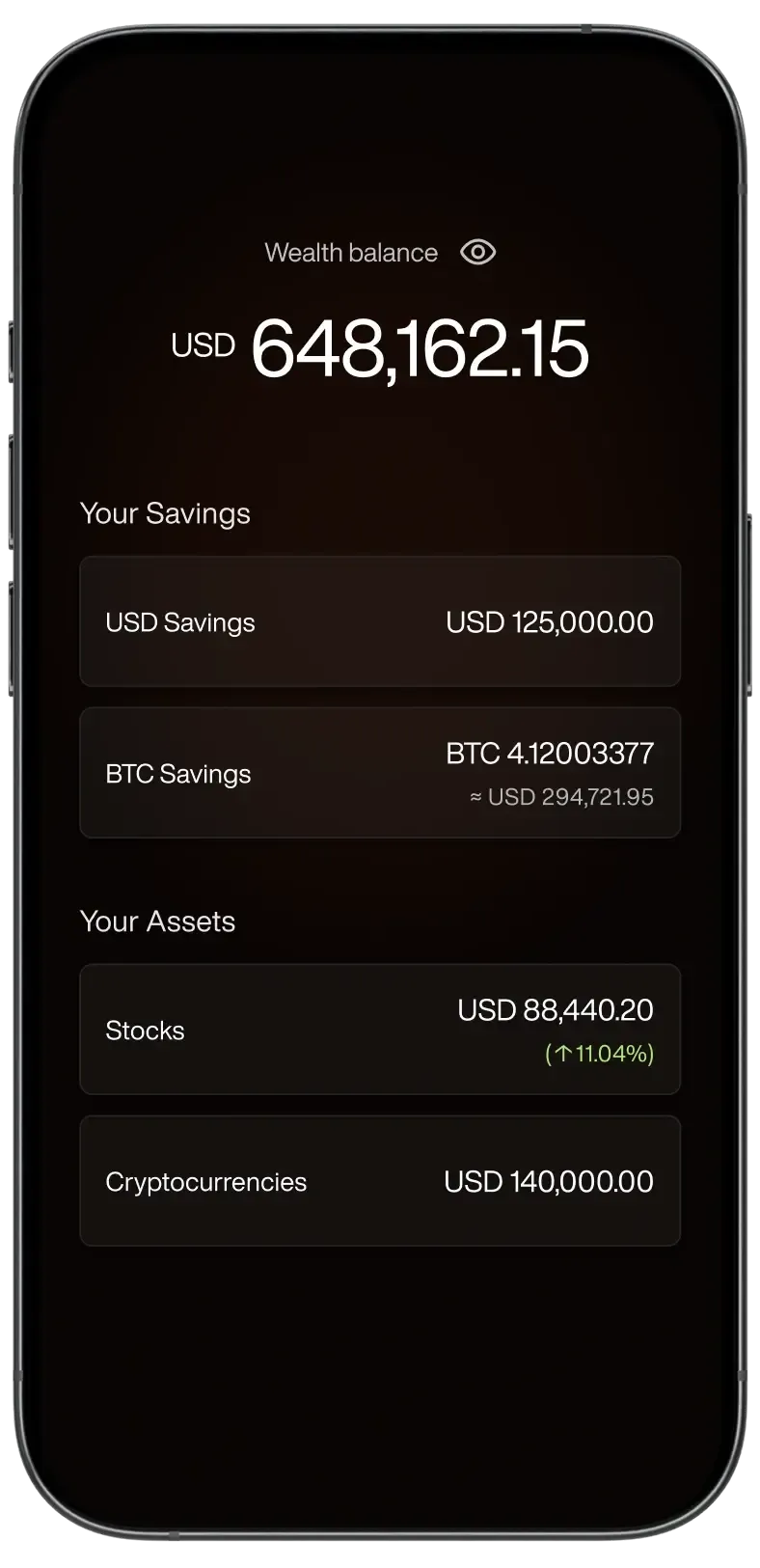
Regulated. Audited. The bank your Bitcoin deserves.

We're a regulated bank, audited by KPMG and compliant with SOC2 Type 2 standards for data security. Put simply, you can trust Xapo with your wealth. That's been our mission since Day 1.
Numbers don't lie
Our Bitcoin prices regularly outcompete those of leading exchanges and banks. Save up to 90% on fees when you trade with Xapo.
Find out how to keep more of what's yoursThe Xapo
Insider
Catch up on the latest crypto news, and get the inside scoop on our products and services.
Explore The Xapo InsiderGet in touch with us anytime
Already a member?
We're here to help 7 days a week. Chat with our banking specialists or set up a call with your dedicated account manager in the app.
Have a general question?
You just might find an answer in our FAQs.








